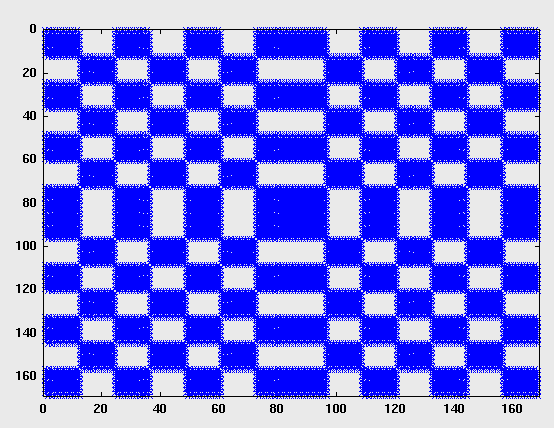In
mathematics
Mathematics is a field of study that discovers and organizes methods, Mathematical theory, theories and theorems that are developed and Mathematical proof, proved for the needs of empirical sciences and mathematics itself. There are many ar ...
, a block matrix or a partitioned matrix is a
matrix
Matrix (: matrices or matrixes) or MATRIX may refer to:
Science and mathematics
* Matrix (mathematics), a rectangular array of numbers, symbols or expressions
* Matrix (logic), part of a formula in prenex normal form
* Matrix (biology), the m ...
that is interpreted as having been broken into sections called blocks or submatrices.
Intuitively, a matrix interpreted as a block matrix can be visualized as the original matrix with a collection of horizontal and vertical lines, which break it up, or
partition it, into a collection of smaller matrices.
For example, the 3x4 matrix presented below is divided by horizontal and vertical lines into four blocks: the top-left 2x3 block, the top-right 2x1 block, the bottom-left 1x3 block, and the bottom-right 1x1 block.
:
Any matrix may be interpreted as a block matrix in one or more ways, with each interpretation defined by how its rows and columns are partitioned.
This notion can be made more precise for an
by
matrix
by partitioning
into a collection
, and then partitioning
into a collection
. The original matrix is then considered as the "total" of these groups, in the sense that the
entry of the original matrix corresponds in a
1-to-1 way with some
offset entry of some
, where
and
.
Block matrix algebra arises in general from
biproduct
In category theory and its applications to mathematics, a biproduct of a finite collection of objects, in a category with zero objects, is both a product and a coproduct. In a preadditive category the notions of product and coproduct coincide fo ...
s in
categories of matrices.

Example
The matrix
:
can be visualized as divided into four blocks, as
:

